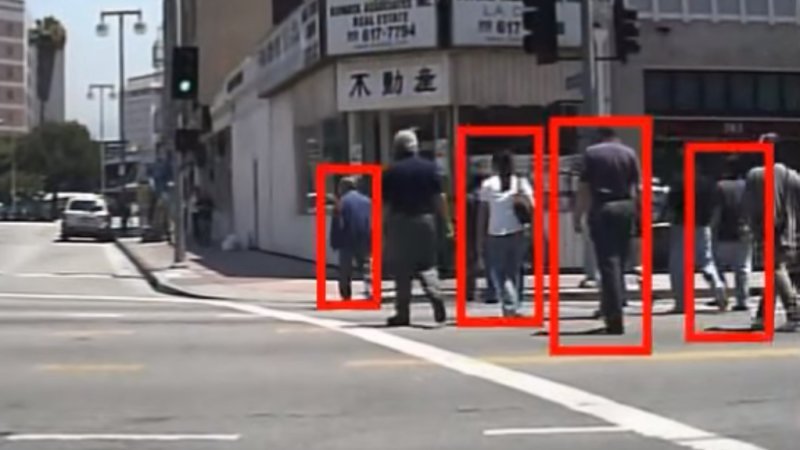Smart Car Algorithm Sees Pedestrians as Well as You Can

Thankfully, UC San Diego researchers have made that more realistic than ever. They've crafted a pedestrian detection algorithm that's much quicker and more accurate than existing systems. It can spot people at a rate of 2-4 frames per second, or roughly as well as humans can, while making half as many mistakes as existing systems. That could make the difference between a graceful stop and sudden, scary braking.
The key is to quickly and gradually cut out the areas that don't contain people (such as the sky or empty road) and lean on deep learning at the last stages, when you want complex image recognition to confirm what you're looking at. It saves a lot of the computing power normally needed for pedestrian recognition, since you're limiting the focus to just a handful of areas instead of large chunks of the screen.
UCSD's current system can only recognize one object type at a time, so you couldn't just drop it into a car by itself. However, the team plans to have it detecting multiple object types and become far more practical. And it's not limited to vehicles, either. This could be useful in robots, security cameras and other devices that need to spot humans in a heartbeat.
Nouvelles connexes


